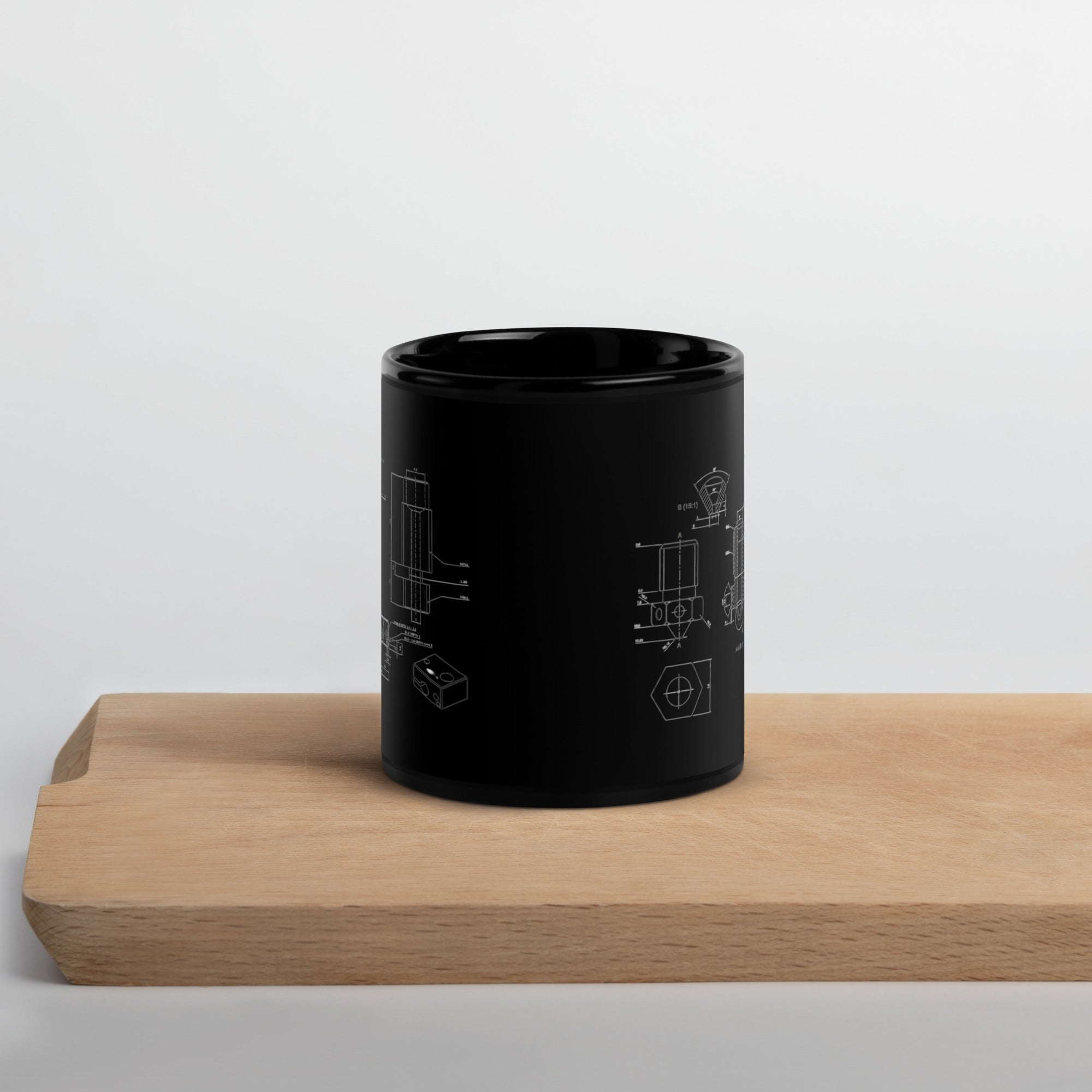3d print filament
3d printed
3d printer
additive manufacturing
bowden
creality
direct drive
e3d
extrusion
fdm
filament
maker
nozzle
petg
pla
prusa
What is direct drive 3D printing ?
In contrast to bowden extruders, which have a longer path between the extruder and the hot end, direct drive systems provide several advantages. The shorter filament path reduces the likelihood of filament slipping or buckling during printing, allowing for more reliable and accurate extrusion. This is especially beneficial when using flexible or soft materials that require more direct control.
Direct drive setups also enable faster retraction and extrusion movements, resulting in reduced stringing and improved print quality. The close proximity of the extruder motor to the hot end facilitates faster filament retraction, which helps prevent oozing and stringing between different print locations. It is particularly advantageous when printing complex geometries or intricate details.
Additionally, direct drive systems provide better compatibility with a wider range of filaments. Since the filament is not required to travel long distances through a bowden tube, which can introduce limitations on the types of filaments that can be used, direct drive printers can handle a variety of materials, including flexible filaments, abrasive composites, and high-temperature thermoplastics.
However, direct drive 3D printers may have limitations in terms of print speed and maximum acceleration due to the added weight of the extruder motor at the print head. This can lead to higher inertia and may impact the printer's ability to achieve rapid movements.
Overall, direct drive 3D printing offers improved control, versatility, and reliability, making it a popular choice for many users, particularly those interested in printing flexible materials or demanding intricate prints.



Leave a comment